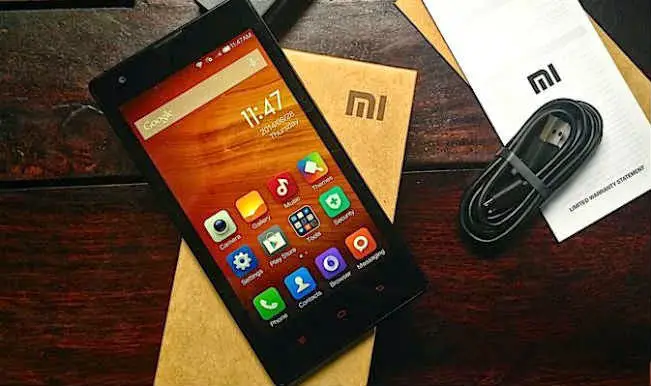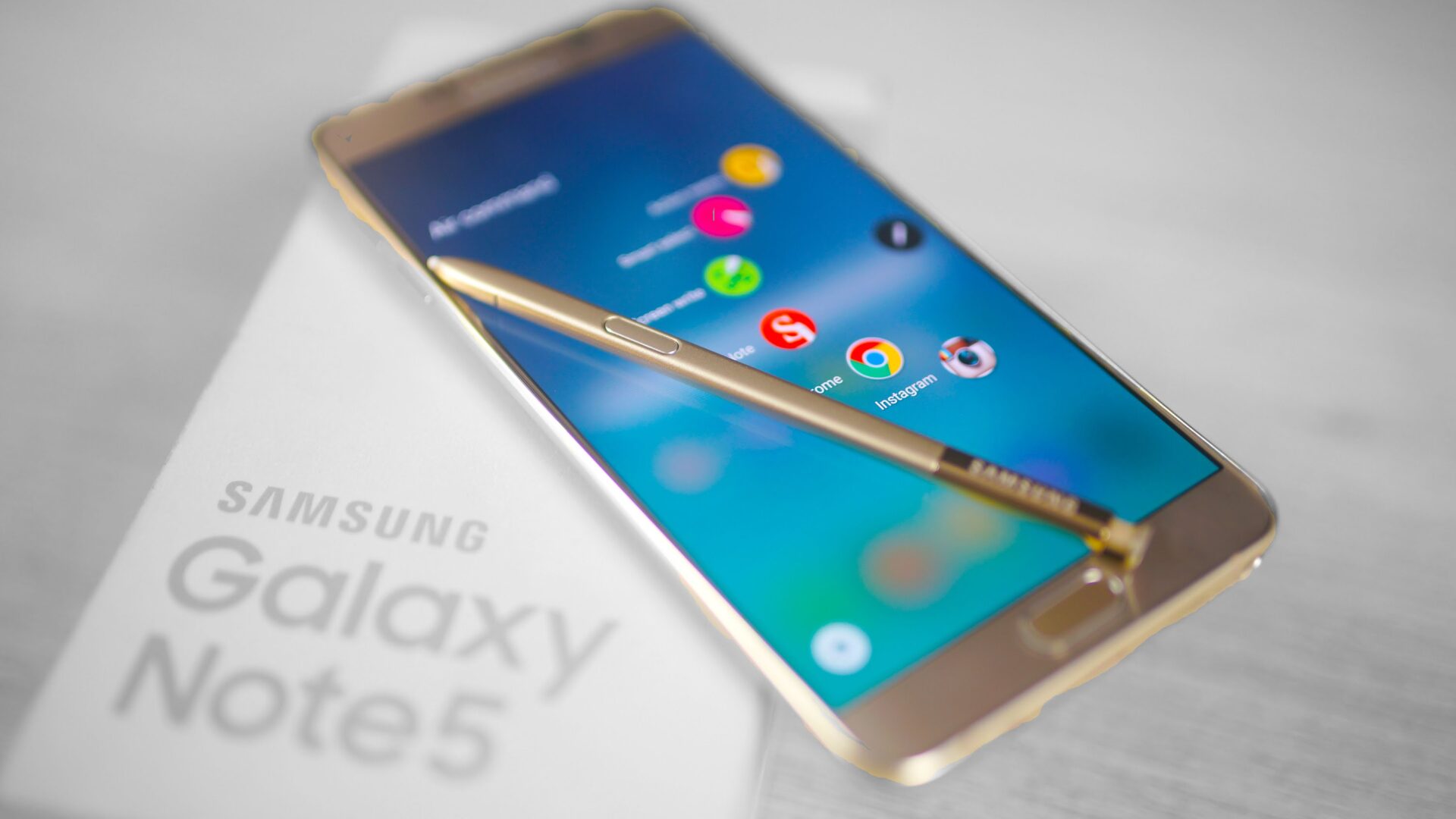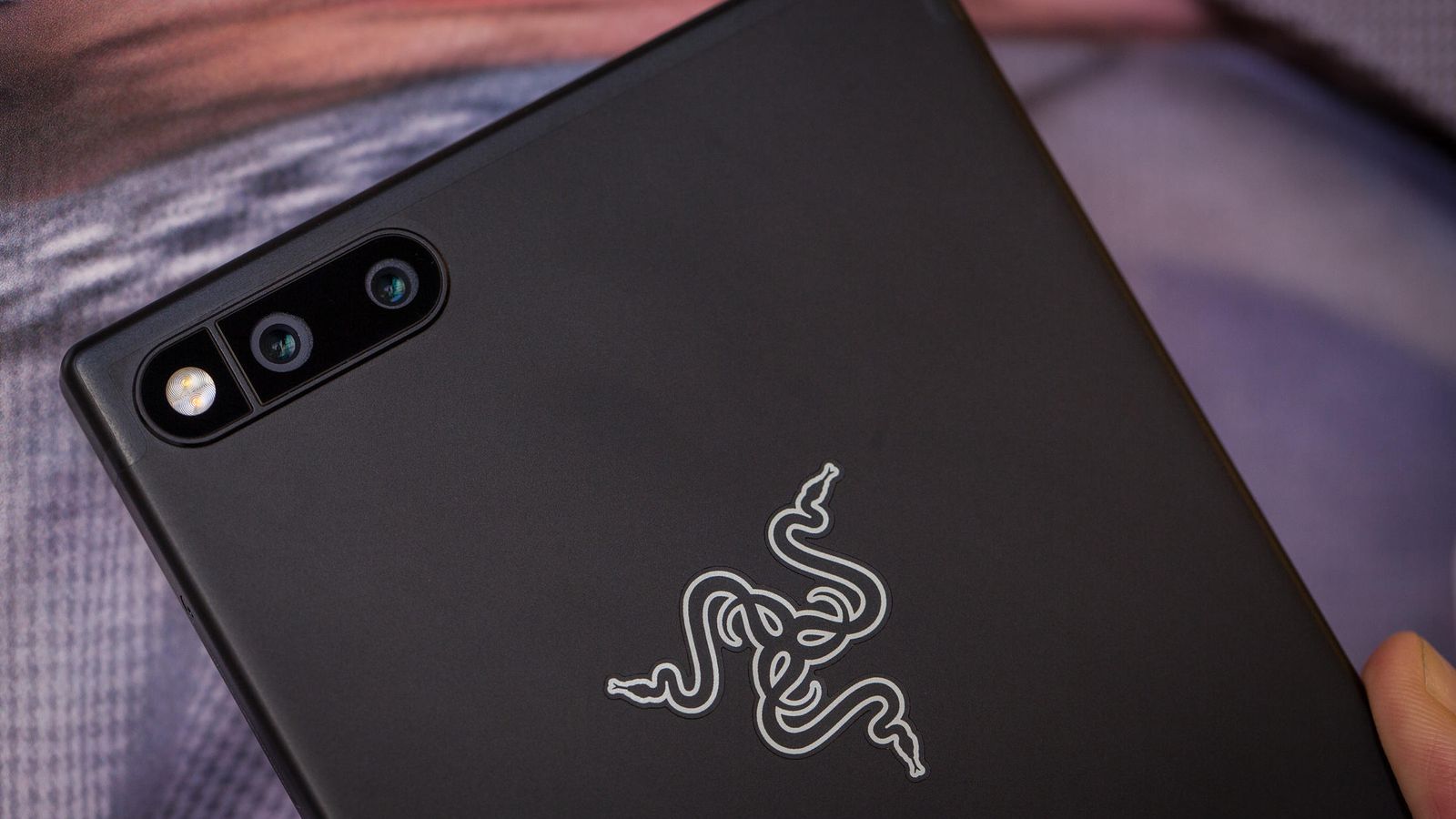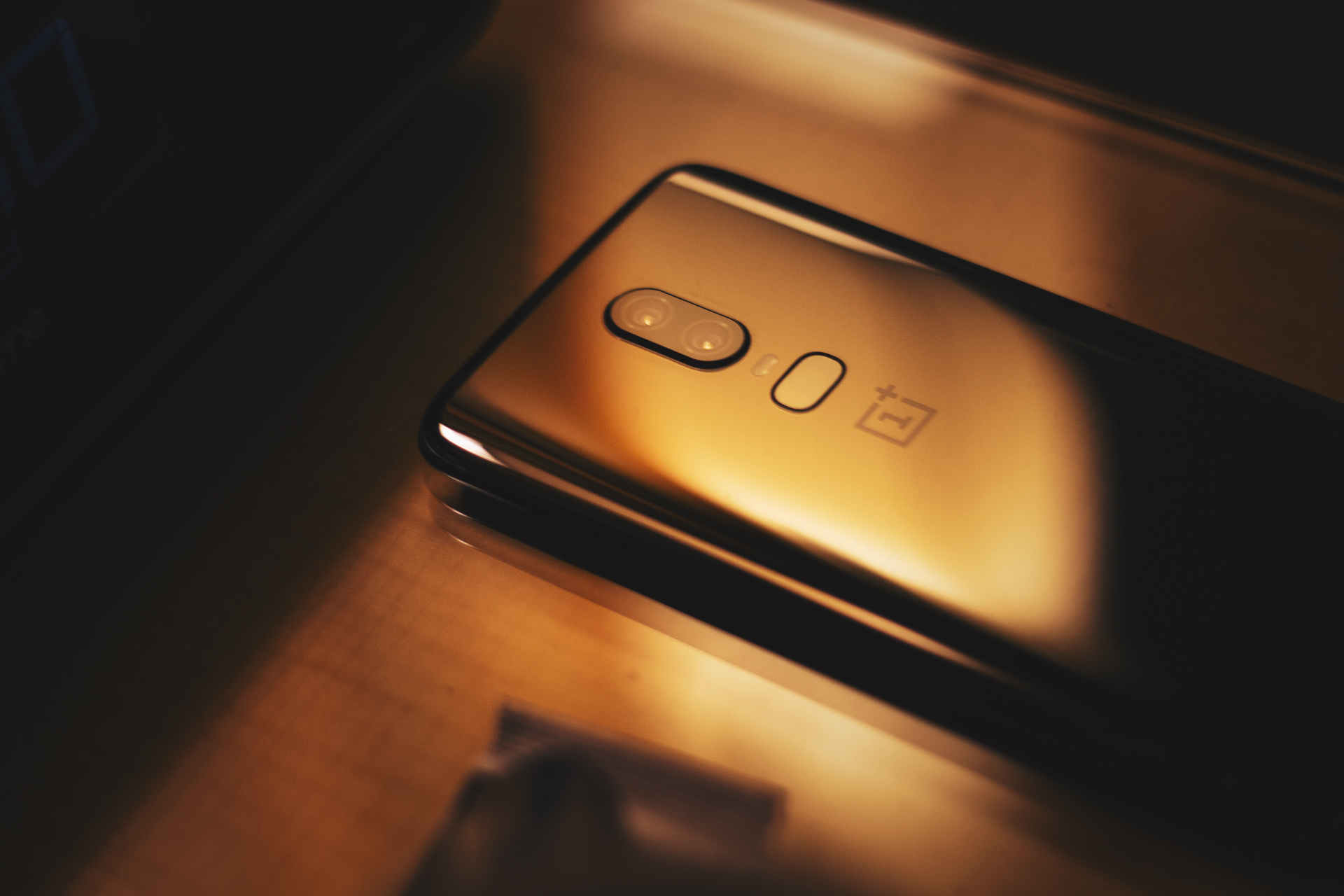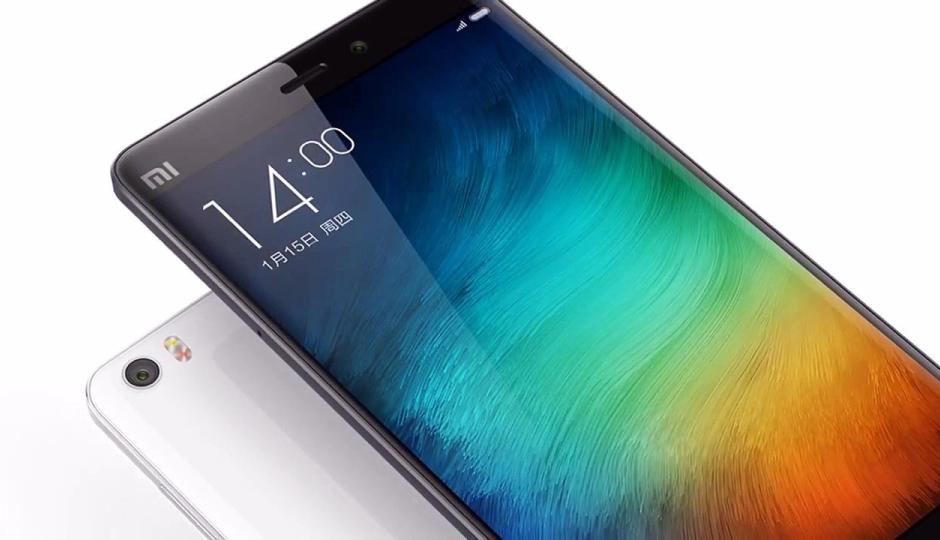Although unlocking your mobile device’s bootloader opens users a lot of handy features, many OEMs decide to lock it down. Restrictions on a device, you bought for the money you worked for, shouldn’t approved for “security reasons” like that. Although some manufacturers made to process easy and convenient, others, like Xiaomi tuned it into a real pain, locking the bootloader in their latest firmware update. Supposedly, the decision was made to permit third-party retailers from selling Xiaomi devices with malware installed. Looking at the new unlocking process though, that is rather hard to believe.
If you feel the need to unlock the bootloader on your Xiaomi device, first thing you want to do is registering your phone. After a time of up to three weeks, they’ll verify your hardware and give you VIP status on their MUIU forum, if you are an active user. If not, additional info, why you want to unlock the bootloader is required. If you haven’t gone through a long waiting period and lost the interest or happen to be chosen after a few days, let’s continue with the actual process. First you’ll have to flash a zip file, using the Xiaomi updater app, which requires a full factory reset. Next thing, you log into your MI account, and finish the unlocking with a desktop program, only available in Chinese language.
If you’re holding a device with unlocked bootloader now, you’re one those who don’t have to deal with occasional bootloops or even a bricked phone. Even if you can find an English guide by a MUIU user and Xiaomi promised a translated version of the desktop program, that’s a great example to show OEMs how not to handle their bootloaders.
